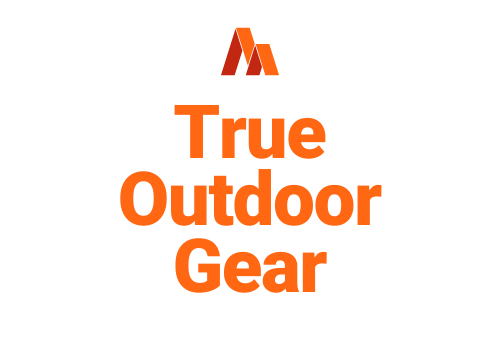According to a recent study, nearly 60% of campers forget at least one essential item when packing for their trip, and a common item left behind is a can opener. However, fear not, as there are several ways to open a can without one.
In this article, we will explore ten different methods to open cans, each with their own advantages and disadvantages. While it may seem like a minor inconvenience to forget a can opener, it can quickly become a major problem when hunger strikes after a long day of hiking or setting up camp.
Learning how to open a can without a can opener can be a valuable skill for any camper or hiker. Not only will it ensure that you can access your food, but it can also be a fun and practical way to test your survival skills.
In the following paragraphs, we will discuss the different methods to open cans, safety considerations, as well as camping food tips and gear recommendations to ensure that your next camping trip is a success.
Different Methods to Open Cans
The article discusses the topic of different methods to open cans, including using various tools and utensils, as a solution to the problem of not having a can opener available.
The methods mentioned in the article are not only practical but also come in handy during outdoor adventures like camping, where carrying a can opener may not be feasible.
The article lists ten different methods to open a can, including using an axe, large knife/machete, chef’s knife, spoon, fork, concrete/flat stone, metal file, flat-nose pliers, tin snips, and your hands.
Each method comes with its own set of risks and requires a certain level of skill and practice.
Some methods, like using a large knife or axe, require strength and precision, while others, like using a spoon or your hands, require dexterity and patience.
The article also provides step-by-step instructions on how to open a can using different methods, making it easy for readers to follow along.
Overall, the article offers a practical and informative guide on how to open cans without a can opener, making it a valuable resource for anyone planning an outdoor adventure or facing a can-opening emergency.
Safety Considerations
When exploring the various methods to open a can without a can opener, it is crucial to bear in mind that all techniques involve a certain level of risk, much like traversing a rocky terrain where every step presents a potential hazard.
While some methods, such as using a spoon or fork, may seem relatively safe, there is still the possibility of injury if not careful. It is important to exercise caution when attempting any of these methods and to use appropriate safety gear, such as gloves or eye protection.
One of the most significant risks involved in opening a can without a can opener is the potential for injury from the sharp edges of the can. When using tools such as a knife or tin snips, it is essential to be aware of the blade’s direction to avoid accidental cuts.
Additionally, some methods, such as using an axe or machete, require a certain level of skill and experience to execute properly. Ultimately, it is up to each individual to assess their own level of comfort and experience when attempting any of these methods and to take appropriate precautions to avoid injury.
Camping Food Tips and Gear Recommendations
For those looking to enhance their outdoor experience, the following camping food tips and gear recommendations may prove useful.
First, it’s important to invest in a good cooler to keep your food cold and fresh. Look for a cooler that is large enough to fit all of your food and has good insulation to keep ice frozen for longer periods of time. Additionally, consider using frozen water bottles instead of loose ice to prevent soggy food.
When it comes to food, plan ahead and bring non-perishable items such as canned goods, dried fruit, and nuts. These items can be easily transported and stored, and can provide quick and easy meals.
Don’t forget to pack cooking utensils such as a camping stove, pots and pans, and utensils. For those looking for a more primitive cooking experience, consider investing in a cast iron skillet that can be placed directly on a fire.
With these camping food tips and gear recommendations, you’ll be well-prepared for your next outdoor adventure.

